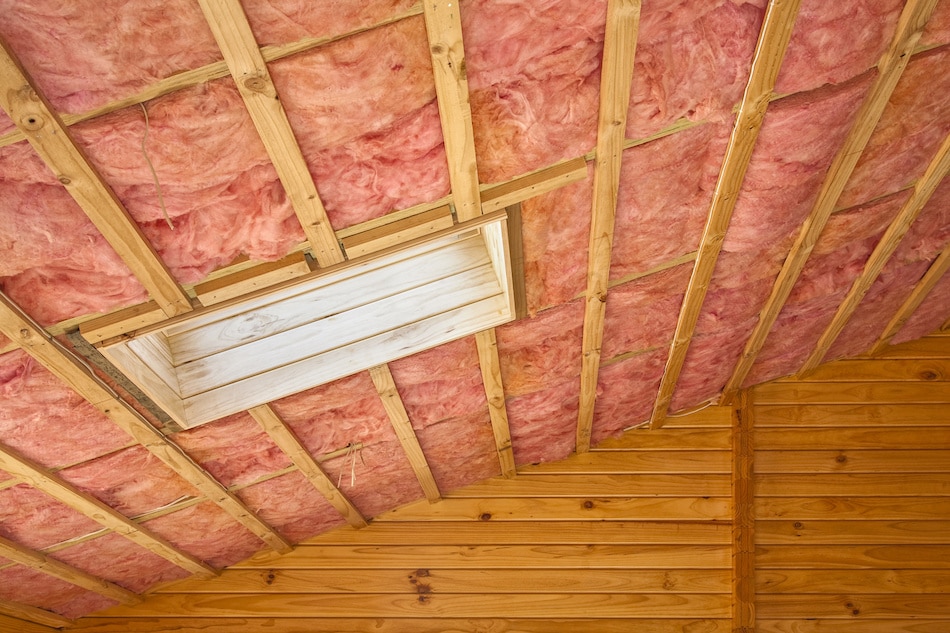
How to Check Your Home’s Insulation
 If your home is not properly insulated, your hard-earned dollars may be literally slipping through the cracks. Every house is different and it is hard to know how your home was insulated when it was built or remodeled. Luckily, a simple DIY home inspection can tell you more about the levels of insulation in your home and whether you could save money by adding more. There are a few key places to inspect.
If your home is not properly insulated, your hard-earned dollars may be literally slipping through the cracks. Every house is different and it is hard to know how your home was insulated when it was built or remodeled. Luckily, a simple DIY home inspection can tell you more about the levels of insulation in your home and whether you could save money by adding more. There are a few key places to inspect.
Check Gaps for Air Leaks
It is not unusual to have small gaps that can allow outside air in or inside heated or cooled air outside. Exterior windows and doors are among the most common spots. It is also important to visually check areas around water faucets, the spaces where your siding and chimney meet the house and places where the foundation and the bottom exterior of any brick meet.
In addition to visual checks, you can also test by feel. Lightly wet your hand and run it along places where you suspect there may be a gap letting air in or out. If you feel a draft, that means it is likely there is a leak. Make a note of places where leaks show up so you can repair them later.
Check the Attic Insulation
Your attic should be well-insulated to keep heat from escaping. When looking across the space, you should be able to see the insulation. If you cannot see the floor joists, this is an indication that you have enough insulation and the area is well-filled. However, if the joists can be seen, you should measure the insulation to see whether it is deep enough. The insulation should have R-values printed somewhere on it. This value can tell you how much insulation is needed to be effective.
Look to see if insulation is properly distributed. Sometimes, there will be enough insulation in some areas, but not others. For instance, you may find that there is enough near the sides of the house, but more is needed in central areas.
During your inspection, watch carefully for sharp roofing nails or dangerous debris. If your Apple Valley house has vermiculite insulation, do not disturb it if you have not had it tested for asbestos. Vermiculite is made up of pea-sized, flaky gray particles. Always walk on joists to avoid putting pressure on weak spots in the ceiling.
Inspect Insulation in Your Walls
You can check the insulation levels in exterior walls by looking inside an electrical outlet. First, start by turning off the power in the area of the house you are inspecting. You’ll be able to do this at your circuit breaker box. Experts recommend using a voltmeter to confirm that there is no power going to the circuit while you are working.
Remove the outlet cover and shine a flashlight into the area around the electrical outlet. Using a ruler, measure how thick the insulation is. You should also pull out a small amount of insulation to determine what type it is and how much is needed.
Check outlets by each exterior wall and on all floors of your home. This can tell you if insulation needs are met in all areas of the house.
These simple inspections take just a few minutes, but reveal a lot about the insulation levels of your home. In a time when energy efficient home improvements are growing in popularity, these small inspections can go a long way to improving energy efficiency. If you discover a place without enough insulation, you have the information you need to have it repaired and lower your cooling and heating bills all year long.



